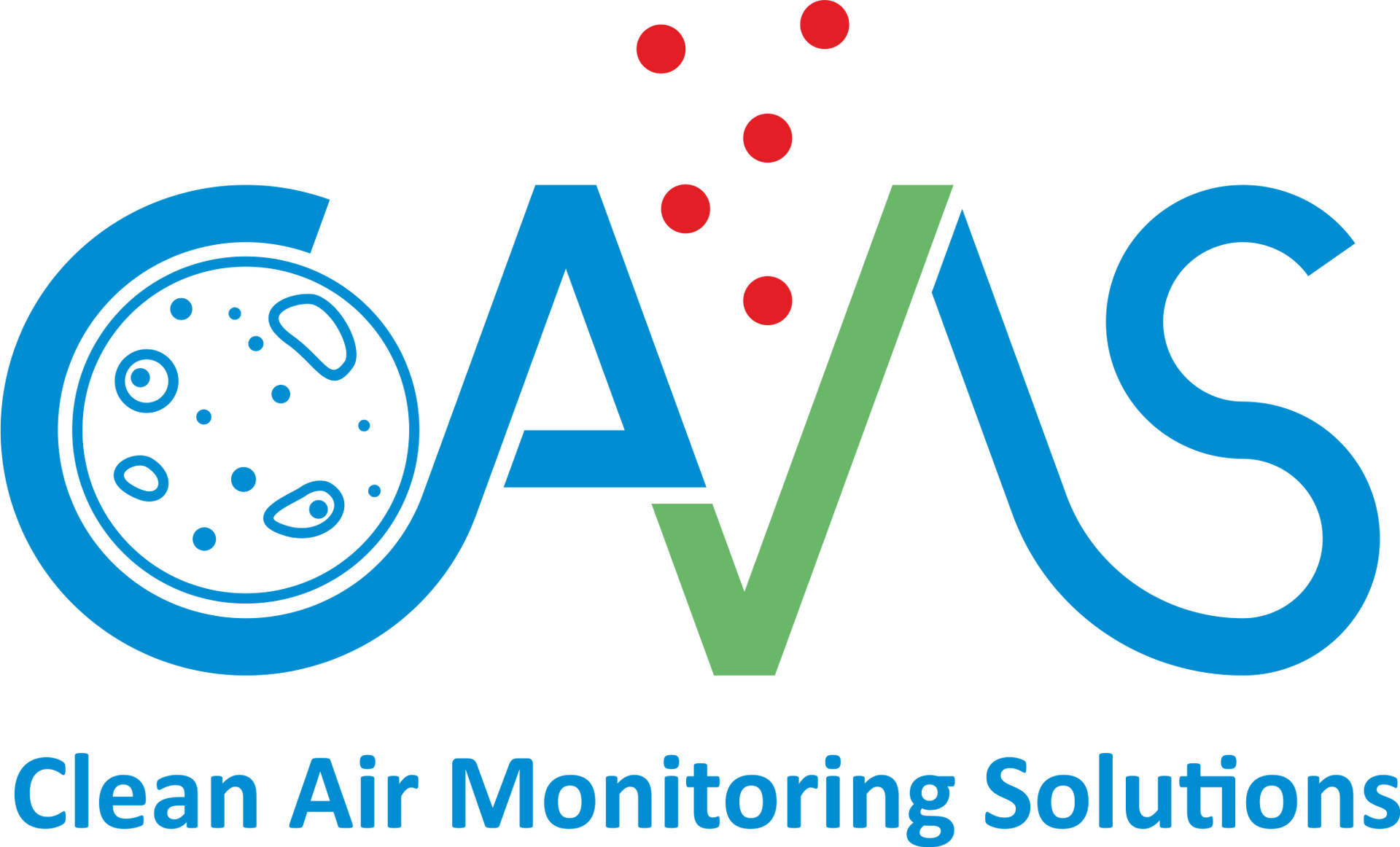How to deliver a 25% increase in sampling efficiency.
The challenge: Evaluate the latest generation ImpactAir ISO-CON-90 against the previous generation ImpactAir-140
This customer is a global pharmaceutical organisation. The project lead at the customer had deployed the first generation of CAMS ImpactAir systems – the ImpactAir-140 - some years ago, and these had provided efficient and reliable monitoring ever since.
The ISO-CON-90 was released in the spring of 2020, and the project lead at the customer was interested in it as a new generation replacement for the ImpactAir-140. However, there was a concern that a 9cm plate might lead to less efficient sampling than the 14cm plate in the ImpactAir-140. So, working with the customer, we organised a series of side-by-side trials to test sampling efficiency, amongst other things.
The outcome: The ISO-CON-90 delivers a 25% increase in sampling efficiency
GMP Annex 1 demands a d50 value of at least 1 micron. Both the ImpactAir-140 and the ISO-CON-90 deliver much better d50 values than this. The ISO-CON-90 was configured in this instance with a d50 of 0.53u. However the older ImpactAir-140 delivers a d50 of 0.42u. So, we might expect to see maybe a 20% reduction in sampling performance accordingly. This would still be performing well above the required standard, but not quite as much as the previous device.
In practice, the ISO-CON-90 delivered a 25% increase in sampling efficiency, to the delight of all concerned.
How Did That Happen?
The GMP Annex 1 standard calls for a d50 of 1 micron, and so we could design our devices just to meet the standard. However, we wanted to work to the spirit of the standard rather than the letter of it. Our research led us to the understanding that if we could develop monitoring devices that had a d50 of .75u or smaller, we could deliver a d100 of 1u. In other words, a device configured to sample 50% of particles of .75u in size should capture 100% of particles of 1u in size. This in turn delivers a far higher standard in sampling and far higher confidence in monitoring.
The unique design of the inlet in the ISO-90 head leads to improved physical and biological efficiency in the device. One upshot of this is that the pressure of air across the surface of the sampling agar plate is more consistent than has historically been the case. This in turn leads to a greater sampling efficiency, which is what we see in the ISO-CON-90.
Start Now
Find out more about Annex 1 compliant continuous monitoring with CAMS solutions, and how you might be able to achieve high levels of sampling efficiency in your environmental monitoring.
1st floor (SMF), North Road, Bridgend Industrial Estate, Bridgend, UK, CF31 3TP

© Clean Air Monitoring Solutions 2025. Cedwir Pob Hawl / All Rights Reserved.

